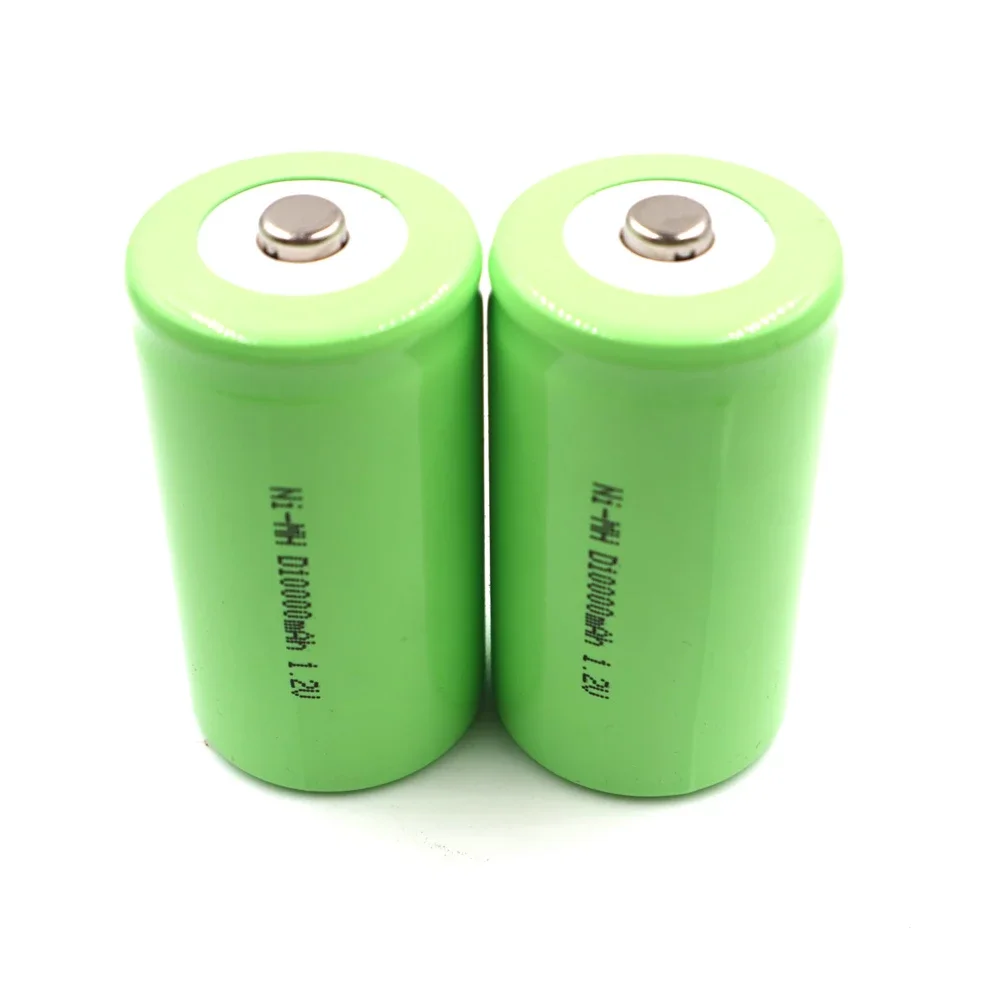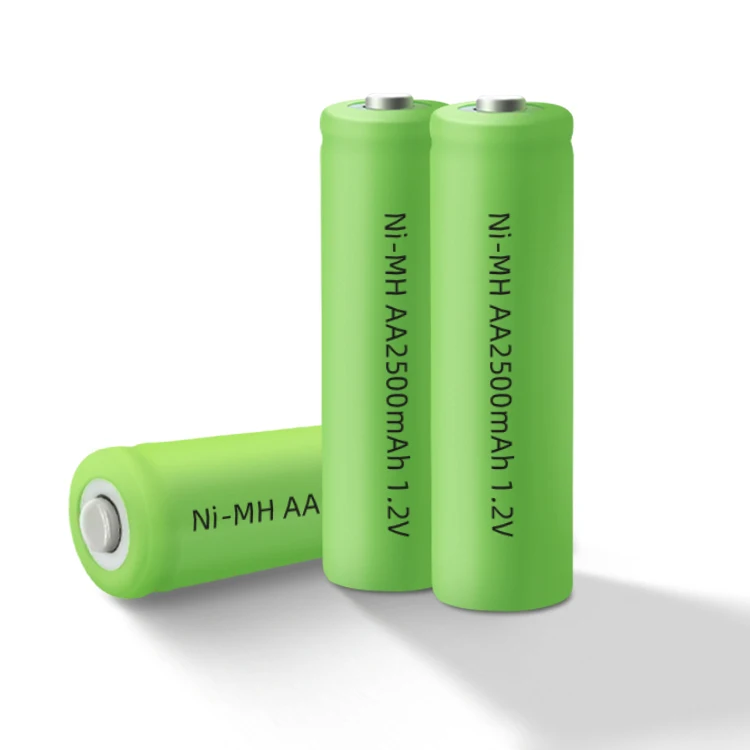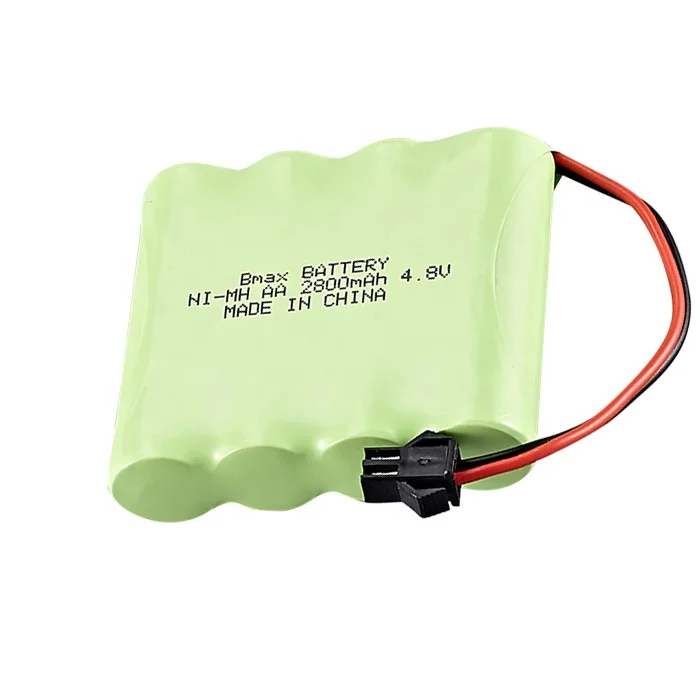Introduction:
Nickel-metal hydride (NiMH) batteries have become a staple power source in today’s world, powering everything from portable electronics to hybrid vehicles. However, like all rechargeable batteries, NiMH batteries are subject to degradation over time, impacting their performance and longevity. Fortunately, there are practical steps that users can take to prolong the lifespan of NiMH batteries and maximize their performance. In this comprehensive guide, we’ll explore effective strategies for extending the life of NiMH batteries and optimizing their performance.
Understanding NiMH Battery Technology:
Before diving into strategies for prolonging NiMH battery life, let’s first understand the basic structure and chemistry of NiMH batteries. NiMH batteries consist of a positive electrode (nickel oxyhydroxide), a negative electrode (metal hydride), and an alkaline electrolyte (potassium hydroxide). During charging, nickel hydroxide is oxidized at the positive electrode, while hydrogen ions and electrons are absorbed at the negative electrode, forming a metal hydride.
NiMH batteries offer several advantages over other rechargeable battery chemistries, including higher energy density than nickel-cadmium (NiCd) batteries, improved environmental friendliness, and reduced risk of memory effect. These characteristics make NiMH batteries a popular choice for applications such as consumer electronics, power tools, hybrid vehicles, and renewable energy storage systems.
Practical Tips for Prolonging NiMH Battery Life:
Now, let’s explore practical strategies for maximizing the lifespan of NiMH batteries and optimizing their performance:
- Proper Charging Practices:
- Use a compatible charger specifically designed for NiMH batteries and follow manufacturer recommendations for charging voltage and current settings. Avoid using chargers intended for other battery chemistries, as they may not provide optimal charging conditions for NiMH batteries.
- Avoid overcharging or undercharging NiMH batteries, as this can accelerate capacity degradation and reduce battery lifespan. Use chargers with automatic shutoff or trickle charge functions to prevent overcharging once the battery reaches full capacity.
- Charge NiMH batteries at room temperature or slightly below to minimize stress on the electrodes and electrolyte. Avoid charging batteries at extreme temperatures, as this can accelerate degradation and reduce battery lifespan.
- Manage Discharge Cycles:
- Avoid deep discharges whenever possible and aim to keep NiMH batteries within the recommended state of charge range (typically 40-80% SOC) to minimize stress on the electrodes and electrolyte. Shallow discharges and moderate charge-discharge rates can help prolong battery life and maintain performance.
- Avoid rapid discharge or high-drain applications that exceed the battery’s rated capacity, as this can accelerate capacity degradation and reduce battery lifespan. Choose NiMH batteries with appropriate capacity and discharge ratings for the intended application.
- Temperature Control:
- Store NiMH batteries in a cool, dry environment away from direct sunlight and extreme temperatures. Avoid exposing batteries to high temperatures during charging, discharging, or storage, as this can accelerate degradation and reduce battery lifespan.
- Avoid storing batteries in hot environments such as inside a car or near heating vents, as prolonged exposure to high temperatures can cause irreversible damage to the electrodes and electrolyte. Store batteries in a cool, well-ventilated area to prolong their lifespan.
- Regular Maintenance:
- Periodically inspect NiMH batteries for signs of physical damage, leakage, or corrosion, and replace any damaged or defective batteries promptly. Clean battery contacts and terminals with a soft, dry cloth to ensure good electrical connections and prevent voltage drop.
- Avoid mixing old and new batteries or batteries of different capacities, as this can lead to uneven discharge and overcharging, resulting in reduced performance and lifespan. Use batteries of the same age, capacity, and chemistry for optimal performance and longevity.
- Optimize Usage Patterns:
- Use NiMH batteries regularly to maintain their capacity and performance. Avoid leaving batteries unused for extended periods, as this can lead to self-discharge and capacity loss over time. Rotate batteries in devices and recharge them periodically to keep them in optimal condition.
- Consider investing in low-self-discharge (LSD) NiMH batteries, which have reduced self-discharge rates compared to standard NiMH batteries. LSD NiMH batteries can retain their charge for longer periods and are ideal for devices that are used infrequently or require long-term storage.
Conclusion:
In conclusion, maximizing the lifespan of NiMH batteries requires a combination of proper charging practices, managing discharge cycles, temperature control, regular maintenance, and optimizing usage patterns. By following these practical tips and best practices, users can prolong the lifespan of NiMH batteries, optimize their performance, and get the most out of their rechargeable battery investment.
Whether powering consumer electronics, power tools, hybrid vehicles, or renewable energy systems, NiMH batteries can provide years of reliable service with proper care and maintenance. By understanding the factors influencing NiMH battery lifespan and implementing effective strategies for prolonging battery life, users can enjoy extended use and optimal performance from their NiMH battery-powered devices.


